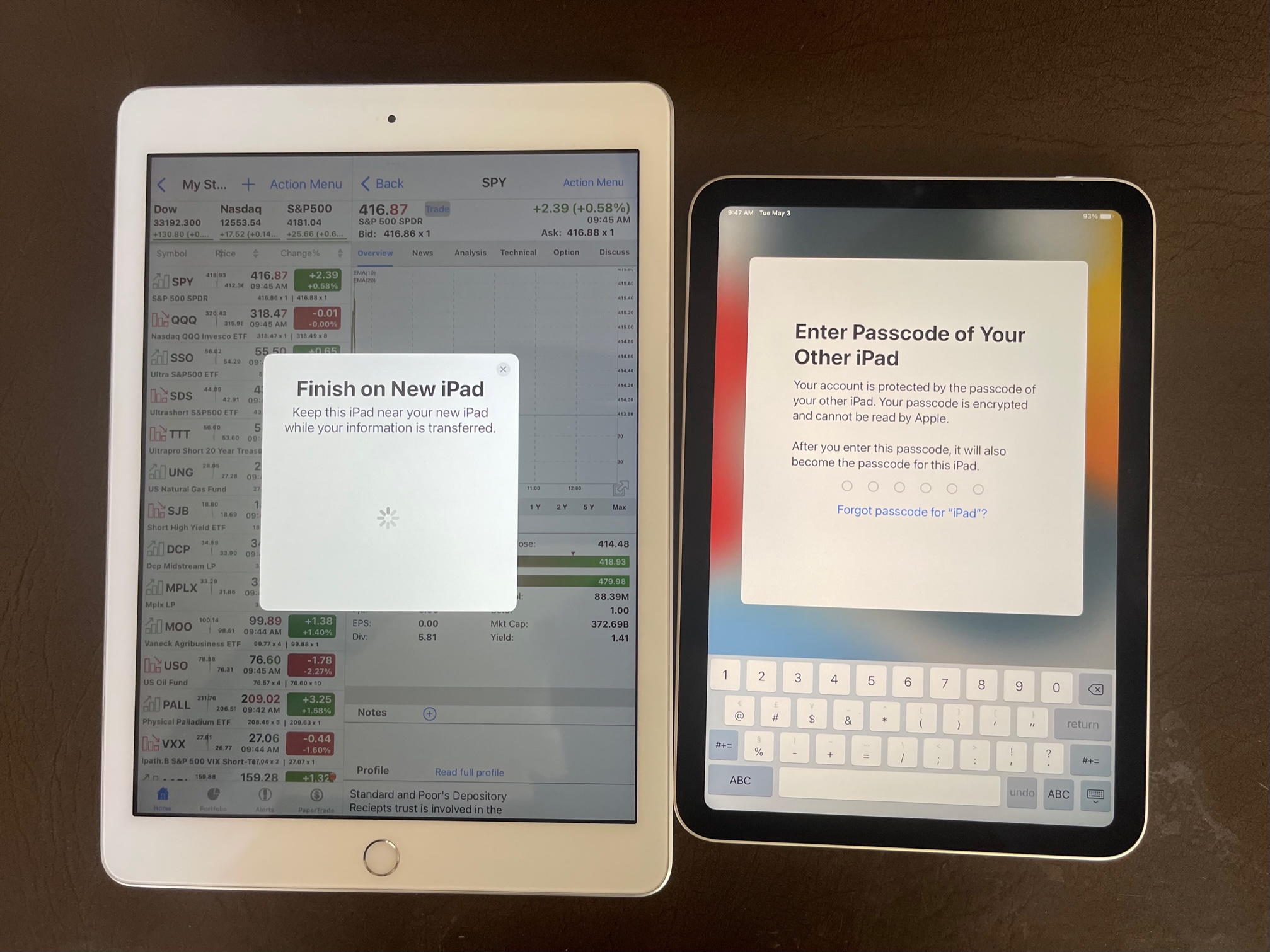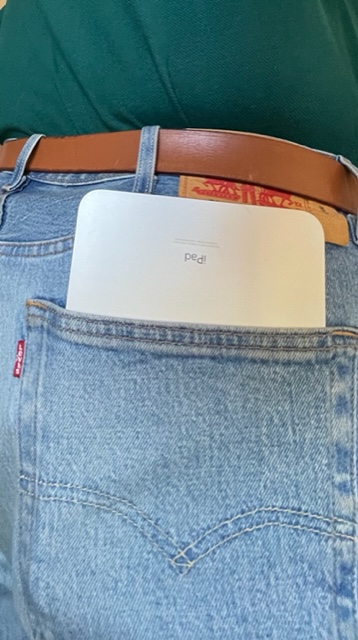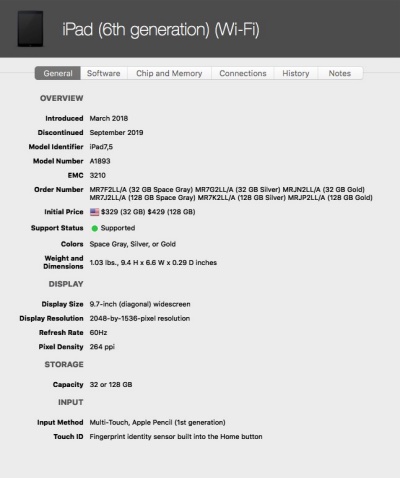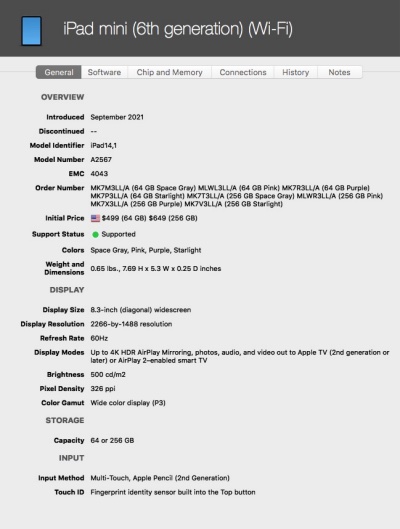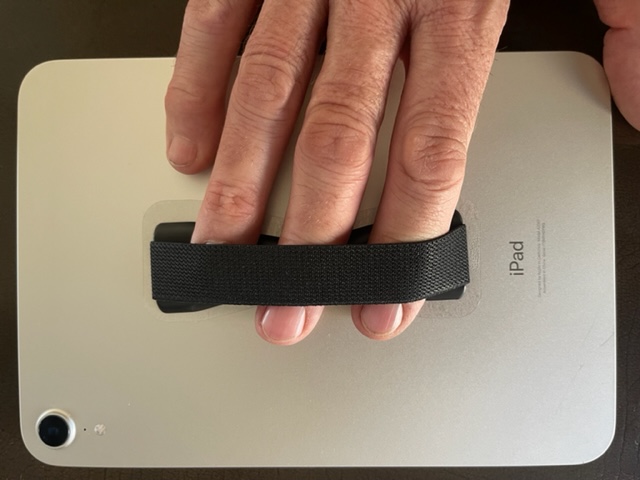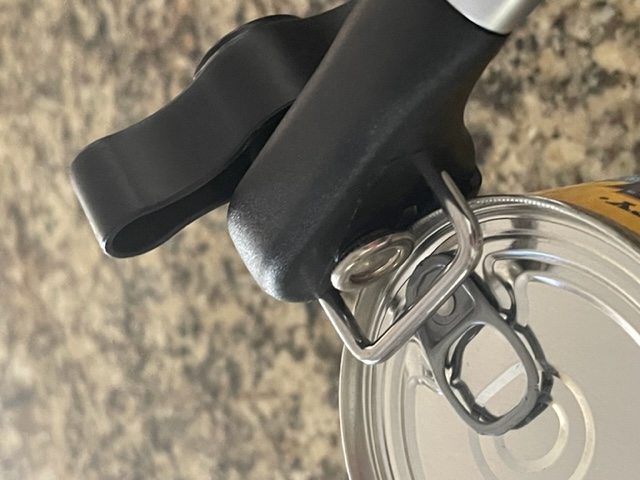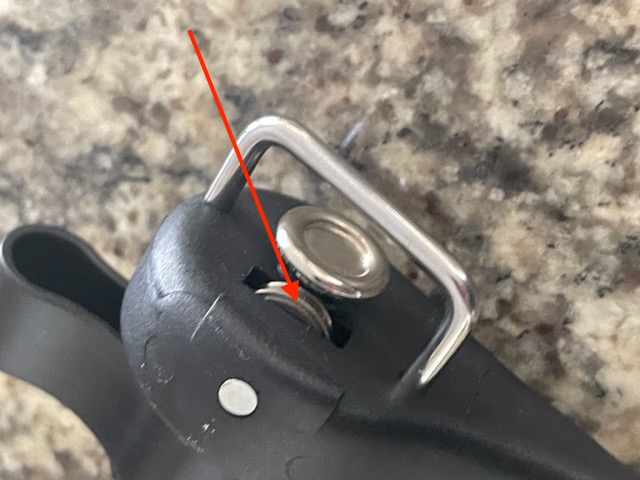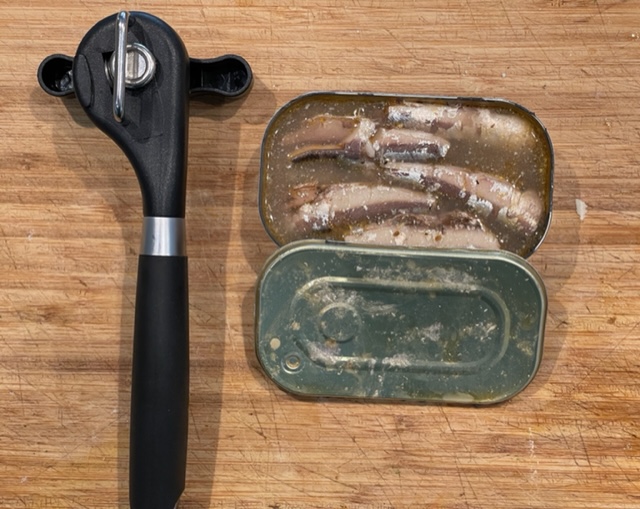No mess, great waffles.
For an index of cooking articles on this blog click here.
Apart from the fact that it has some of the worst weather in Western Europe and that its ‘impenetrable’ Ardennes Forest is invaded now and then by Germans en route to the delights of Paris and champagne, Belgium really is not famous for anything. Unless it’s Belgian waffles that is, the thick and crunchy type that better greasy spoons serve with lashings of whatever pleases you. Well, all those unelected Brussels bureaucrats have to have some joy in their miserable lives, I suppose, while dictating silly rules about milk and cheese to the masses of sheep they rule.
My old waffle maker, now having seen some two decades of service, is on its last legs and few machines in the home have given rise to so much bad language. No matter how carefully I measure the volume of waffle mix it will randomly overflow leaving the most awful mess to clean up. And now the heated surfaces have started sticking to the waffle, making removal an exercise in frustration. So replacement was called for.
There are more waffle makers on Amazon than crooks in Congress and prices range from under $30 to $300 or so for home models, much more for commercial duty ones. After sifting through the reviews (I only read the one star ones as no one is likely to be paid to leave those) I settled on the Presto flip type. First, it makes really thick Belgian-style waffles which hold your maple syrup well. Second, there’s only one thing, maybe two, to go wrong. A heating element can fail or the hinge might break. I can’t comment on the likelihood of the first, though the hinge seems robust enough. Yes, there’s a small digital beeping clock but it is unconnected to anything and is battery powered. No microchips or electromagnets in sight. There is not even an on-off switch. Plug it in, pull the plug out.
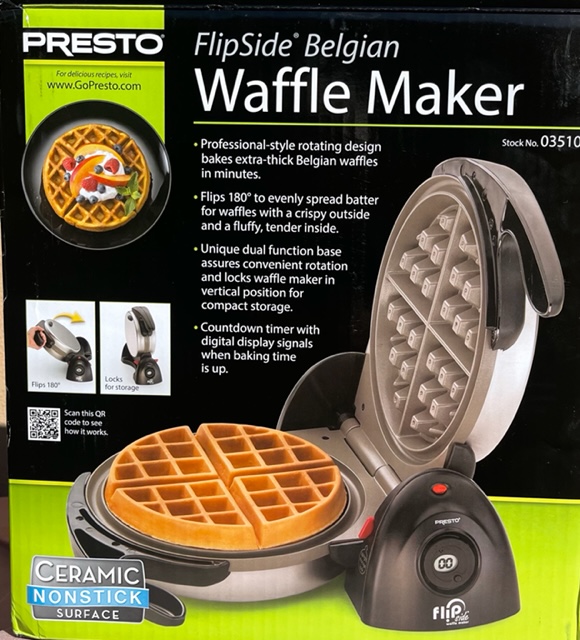
The Presto Belgian waffle maker. Click the image to go to Amazon.
The Presto Corporation was founded in 1905 in Eau Claire, Wisconsin where doubtless many of the workers were sired by Germans with invasion minded intentions. This was back in the day when America actually made the world’s best home appliances, ones to be used and repaired, not used and disposed of. Now, of course, their products are ‘Designed in America’, just like your iPhone, and also made by slave labor in some hell hole in China. Oh well!
How does it work? Very well indeed. If you use exactly one cup of waffle mix, ‘blobby’ not runny, it will not overflow and yes, the waffle looks almost as good as the one on the box cover. Mine came out very evenly toasted on both sides. You flip the maker after the mix has been poured and the lid closed, which Presto claims is the secret to the waffle’s evenness. Reviews suggest never to use any oil or spray on the ceramic surfaces (no Teflon here, no poisons) and to simply wipe the surface with a damp cloth when you first open the machine. After a 3 minute warm-up, when the red light goes out, I found that 3 minutes with Aunt Jemima pancake mix is perfect, the beeper going off the first time when one minute remains and a second time (5 times!) when the waffle is done. The timer does nothing but beep. It does not turn the power off.
Some suggest flipping the irons over part way through the bake, but that makes no sense as the mix will have stiffened by then. I tried it with and without part way flipping and there was no difference. The waffles are perfect. Release is easy, no tools needed. Crisp outside, tender and fluffy inside. One makes for a very filling breakfast. The irons can be locked in the upright position for compact storage. The plastic upright lock is a tad fragile, so take it easy.
Some comments on Amazon state that Presto does not stand behind its product and that warranty claims are a waste of time, so you have been warned. This is a disposable appliance.
Presto has handy recipes here.
I made the maple pecan waffles in that recipe of theirs and they were excellent. By the way, the thickness at center is 1 1/8″. This is a serious waffle.
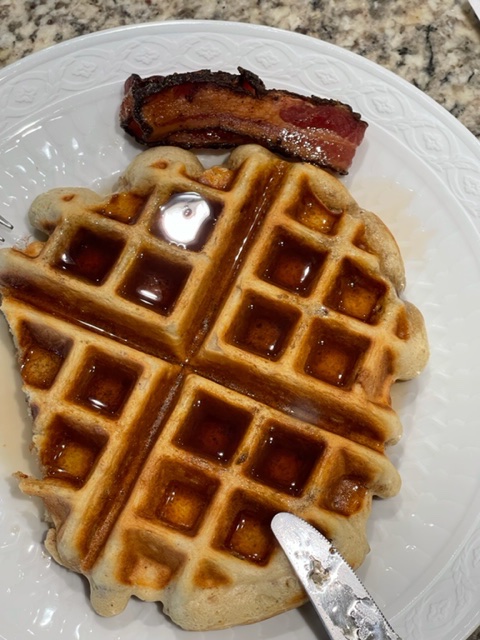
Click the image for the recipe.
Recommended.
